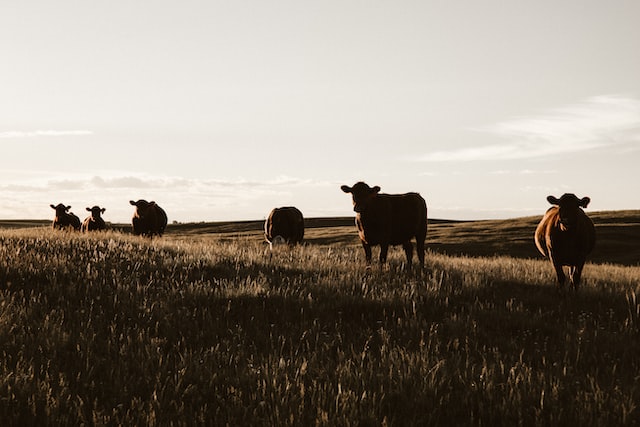Viking genetics is a fascinating area of study. It’s the study of how our ancestors mixed, matched, and bred to create the people we are today. With modern technology, scientists have been able to understand more about these genetic patterns and how they can be used in breeding programs. Let’s take a look at some key aspects of Viking genetics and how it relates to breeding.
Genetic Diversity
One of the most important aspects of any successful breeding program is genetic diversity. Vikings were no exception when it comes to this principle. They were very good at mixing different genes in order to create a stronger overall population. This was done through intermarriage between families as well as by bringing in genes from other cultures and countries. This ensured that their offspring would have the best chance of surviving whatever challenges faced them.
Selection Criteria
When selecting which animals or plants to breed together, Vikings would use specific criteria in order to ensure that they created the strongest possible offspring with desired traits. For example, if they wanted a herd of cattle that produced larger amounts of milk, they would select cows that had already proven themselves as good milk producers and breed them together in order to increase the chances that their offspring would also be good milk producers. By doing this they could create an entire herd with desired traits such as high milk production or strong fur coats for winter months.
Hybridization
Vikings were also very adept at hybridizing different species or varieties together in order to create new and improved species with desirable traits from both parent species (this is sometimes referred to as “genetic engineering”). For example, if they had two varieties of apples – one sweet and one tart – they may have bred them together in order to produce a variety that was both sweet and tart at the same time! This process allowed them to quickly adapt their crops or livestock for changing environmental conditions or demands within their society without having to wait for years for natural mutations or changes within a species’ gene pool.
Viking genetics are an interesting topic because they show us how our ancestors used selection criteria, hybridization, and genetic diversity to create strong populations with desired traits that could survive any challenge thrown at them. Whether you’re looking into Viking genetics out of curiosity or you’re interested in starting your own breeding program, understanding these principles can help you achieve success! At VikingGenetics we specialize in helping people understand these principles so they can apply them correctly when selecting breeds for their own program. Check out our website today for more information on understanding Viking genetics through breeding!

